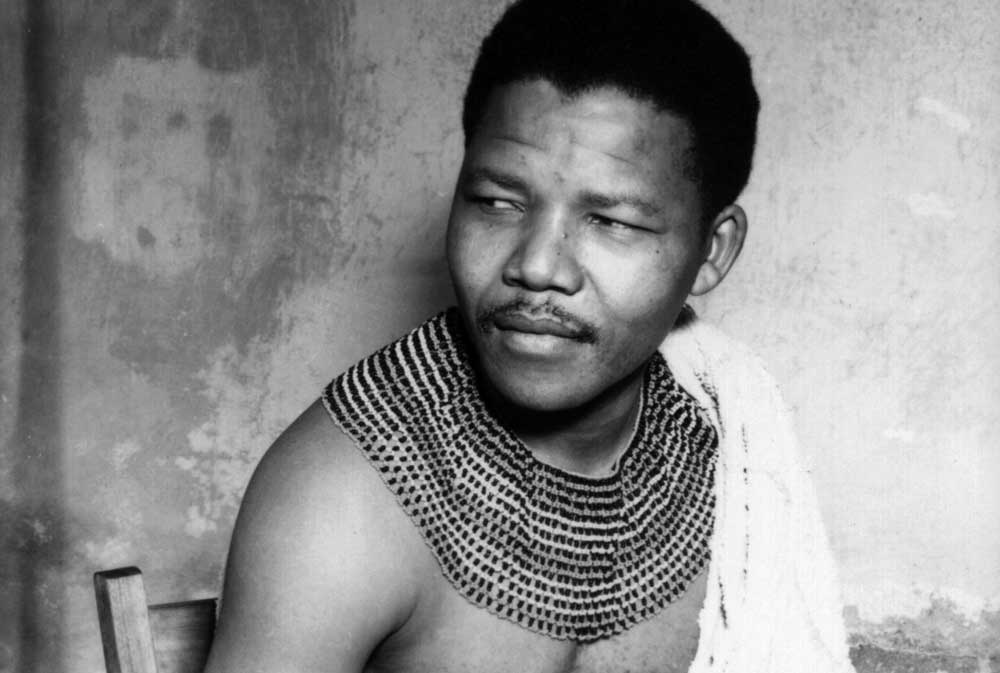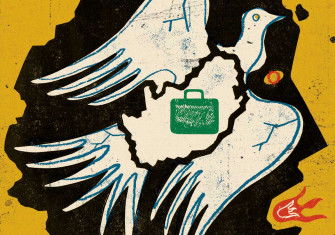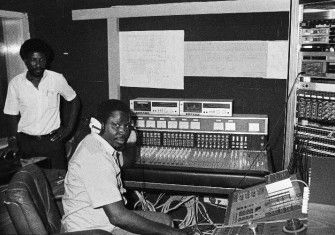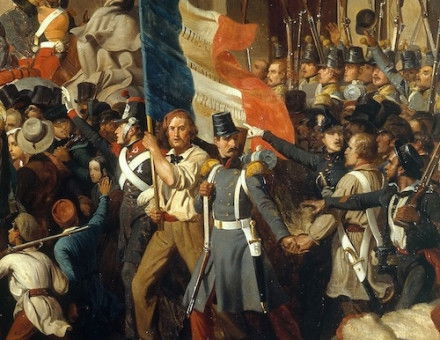No More Windfalls
Uprisings, strikes, protests and massacres in South Africa, from the Boer War to the present day.

Writing a history of South Africa is no simple task. As South Africans will tell you, it is a country with 11 official languages and with these come 11 different histories. Thula Simpson’s History of South Africa manages to avoid some of this complexity by beginning the story from the moment that South Africa became a politically interlinked nation; it was only formally constituted as the Union of South Africa in 1910.
In the 1940s the historian C.W. de Kiewiet described how progress in South African history had tended to arrive via ‘economic windfalls and political disasters’. Simpson offers a new outlook. The political disasters, he suggests, have remained as constant as the Karoo’s sun, but the windfalls are no more. They have been replaced by economic stagnation and fiscal mismanagement.
History of South Africa is bookended with violence. It begins with the end of the Boer War, a conflict that displayed all the savagery that marked the colonial wars that had preceded it, and ends with the ‘July Unrest’ of 2021, the protests which followed the imprisonment of former president Jacob Zuma and led to the deaths of over 300 people. Between these events is the story of a country prone to uprisings, strikes, protests and massacres. The 1922 Rand Rebellion is one such quintessential episode in the nation’s history. The revolt began when white English and Afrikaans-speaking miners with communist sympathies began a strike on the gold-rich Witwatersrand (‘White Water Ridge’). The strike was initiated largely because of fears that the mines were about to cancel the racial colour bar. The strikers and their supporters proudly marched under the banner: ‘Workers of the World Fight and Unite for a White South Africa’. They had been arming themselves and forming commandos for months.
When the strike was finally called in March the miners were encouraged to ‘take’ the rand. Shooting at Black and Indian people, at least 16 were killed on the first day. One of the strike’s leaders, Percy Fisher, managed to persuade the strikers that Black South Africans were not the enemy. Attacks on police stations in Johannesburg and its surrounding towns soon began and at least 29 policemen were killed.
The army was brought in with tanks and aircraft in support. Several buildings around Johannesburg were bombed from the air and bloody battles took place on the streets. After five days of fighting, the army managed to wrest control of the rand from the miners at the cost of around 200 lives.
After Apartheid in 1948 this kind of murderous event became a regular part of South African experience. From the Sharpeville Massacre in 1960 to the Shell House Massacre in 1994, protests and strikes – sometimes peaceful, sometimes violent – were met with lethal force from the state. Simpson details each of these bloody events with their causes and tragic consequences.
Many hoped that the end of Apartheid in 1994 would bring peace. But, as Simpson argues, that has not been the case. Instead, 90 years after the Rand Revolt, South Africa would witness another bloody strike, 100km north-west of Johannesburg in the town of Marikana. There, miners who had lost faith in their unions initiated a wildcat strike on 10 August 2012 at Lonmin’s platinum mine. The next day around 3,000 armed miners were shot at while marching on the National Union of Mineworkers’ (NUM) offices. The miners took revenge, killing one security guard and setting another on fire. An NUM official was also killed. The police managed to persuade the miners to move to a small hill outside Marikana. During this process two policemen were killed, their bodies gruesomely mutilated. After attempts to get the miners to stand down failed, the police moved in. In what are still contested events, the police opened fire with automatic weapons, killing 34 miners and leaving many injured.
Simpson’s book covers a great deal more than these bloody events. The formation of the Union of South Africa in 1910 and the rise of Apartheid are told in intricate detail. He captures the utter strangeness of the history of the early Union with the story of the ‘Cape liberal’ Henry Burton. Burton was not only the country’s first Minister of Native Affairs (a position that would generally come to be held by the most racist member of the cabinet) but was also a friend of Sol Plaatje, one of the founders of the African National Congress (ANC). As Simpson relates, the early history of the Union was in many ways one where white politicians resorted to winning the vote by pandering to white racist inclinations; Burton was replaced by the founder of the National Party J.B.M. Hertzog in 1912. Hertzog was a former Boer general and passionate advocate of Afrikaner culture. This was an electoral pattern that only got worse despite growing international condemnation.
Simpson’s account of the rise of the ANC’s military wing, Umkhonto we Sizwe, is one of the great strengths of the book. That is not a surprise: he was previously the author of a monograph on the subject, Umkhonto we Sizwe: The ANC’s Armed Struggle. However, History of South Africa is most effective in its description of the country’s post-Apartheid history – and it is not a happy tale. Violence, corruption and economic mismanagement are depressingly ubiquitous and can be measured in the repeated failures to deliver decent education, housing and sanitation.
And yet, as Simpson concludes, South Africans have clung to small shards of hope: the memory of Nelson Mandela and a few victories on the sports field have enabled them to carry on despite a history of violence and discrimination. Simpson is himself part of this positive story: he is a remarkable historian whose work on South African history deserves to be read.
History of South Africa: 1902 to the Present
Thula Simpson
Hurst 632pp £22
Buy from bookshop.org (affiliate link)
Matthew Blackman is co-author of Rogues’ Gallery: An Irreverent History of Corruption in South Africa (Penguin Random House, 2021).






